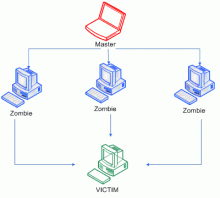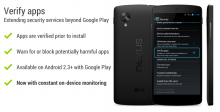OpenSSL: The single line of code that broke online security
On New Years Eve in 2011, at one minute before 11pm, a British computer consultant named Stephen Henson finished testing a new version of a popular piece of free security software. With a few keystrokes he released OpenSSL version 1.0.1 into the public domain. Now, more than two years later, the events of that night have shaken the foundations of the internet.











































































